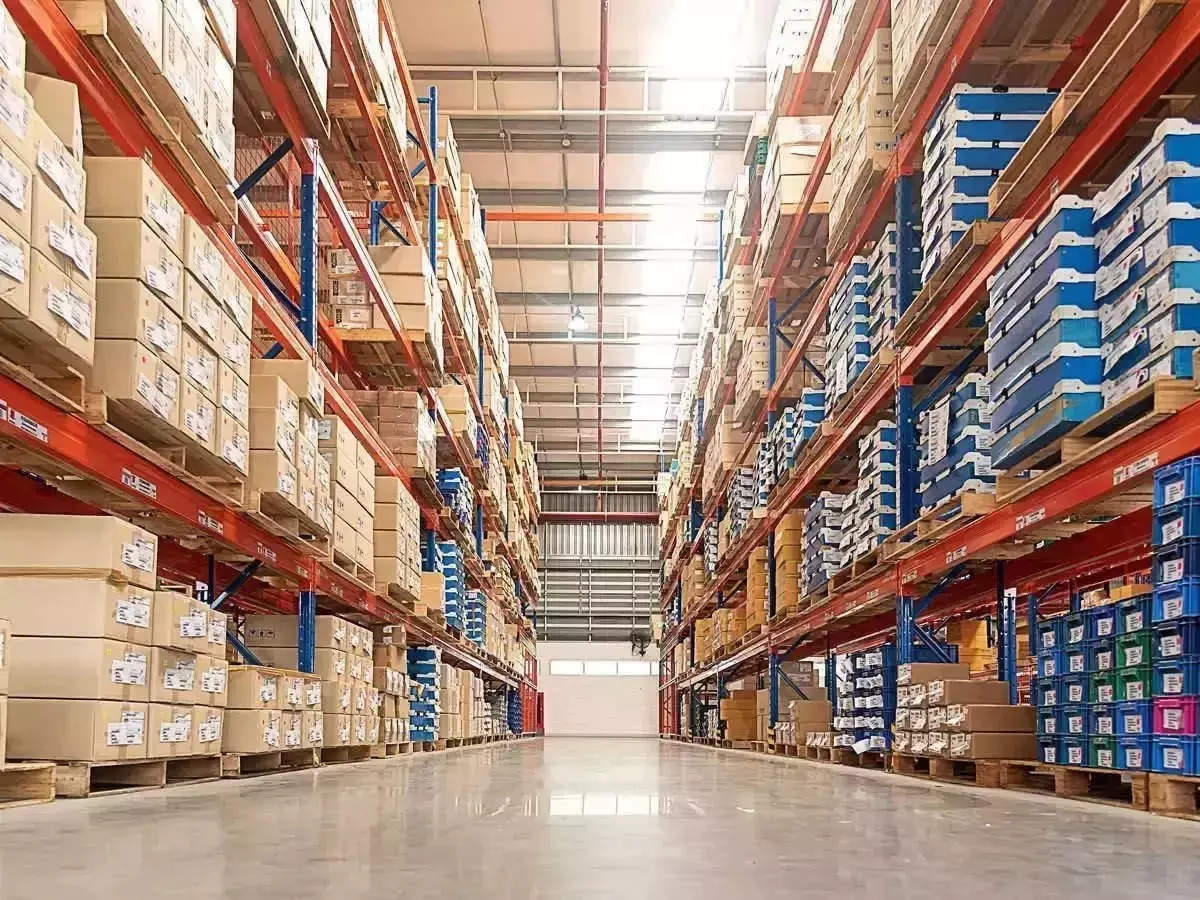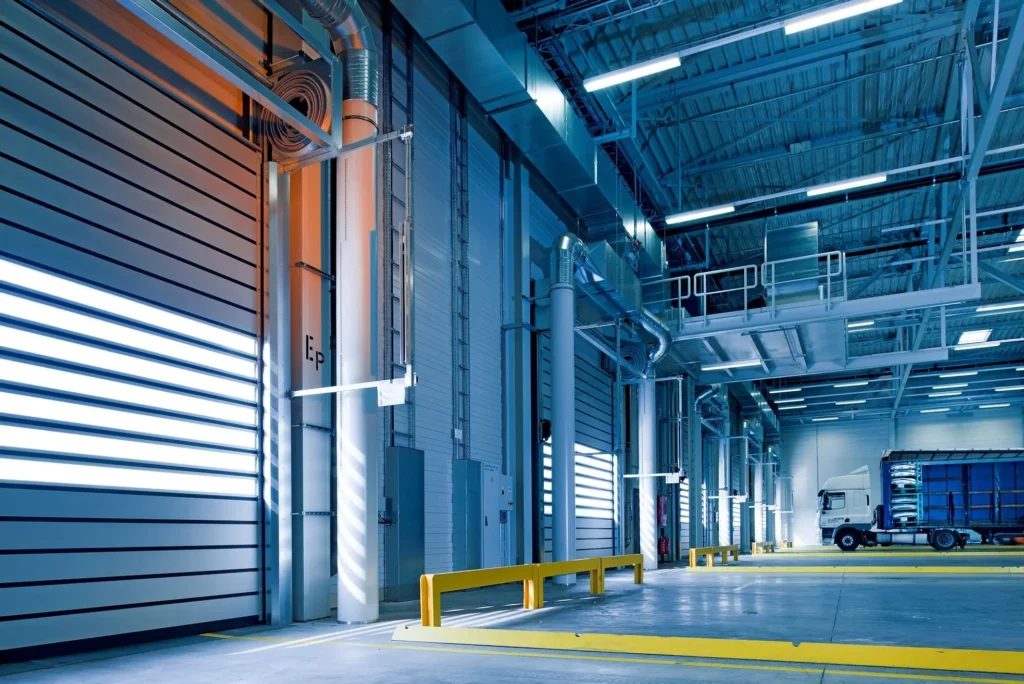Each business has unique logistics requirements for a certain kind of warehouse. However, given that 80% of consumers use price and shipping time as deciding considerations when making purchases, there are some circumstances in which a review of the storage system’s available spaces is required to foster business expansion.
It is clear that efficient warehouse management is essential. Therefore, it is essential to assess the stock’s layout and design, particularly if any of the following situations take place:
- If you spot any risks that could jeopardize the security of your warehouse.
- If the company’s production rises and, as a result, storage space requirements do as well.
- If stock breaks are an excessively common occurrence.If there is a change of activity in your company that implies new materials to be stored of a different nature from the existing ones.
- If the stock in your warehouse is at maximum capacity and has reached saturation.
Read also: How to Manage a Warehouse: The 10-Step Guide to Logistics Management
What goals do we have in mind as we evaluate the layout of our warehouse?
Installing new warehouses or expanding existing warehouses may involve a more expensive investment, but the rewards will likely be seen over a longer period of time. Rearranging current warehouses, however, does not necessitate making any significant choices that will impact how the business operates. Due to the high cost of installing or expanding a warehouse, it isn’t always the simplest thing to do. Businesses that are experiencing this problem can also outsource their warehouse needs.
Please don’t hesitate to get in touch with us if you require a warehouse.
The following prerequisites for a good storage system must also be the goals we pursue when reviewing our warehouse design:
- Effective use of space, avoiding vacant spaces and congestion.
- Easy access to goods
- Lowest stock handling
- Maximum rate of product turnover
- Maximum freedom when placing products
- Controlling stored quantities is simple
After conducting the study, it is crucial to distribute the warehouse’s area or create its layout (flat design). This layout must properly define the many functional regions of a warehouse in addition to fulfilling the prerequisites for an ideal storage system that were previously established.
What areas should an optimal warehouse have?

Everything You Need to Know About Warehouse Layout Design | Image source: The Economic Times
In order to get the goods to the client as quickly as possible, the warehouse design is reviewed to achieve the highest movement speed and minimize working hours. To achieve this, a perfect warehouse must be divided, at the very least, into the following clearly distinct sections:
- Loading and unloading area: These are the regions that trucks or other products’ transit and delivery vehicles have direct access to, and they are often found outside the warehouse. To ensure the straightest possible flow of goods, loading and unloading facilities should ideally be situated on opposing sides of the facility.
- Reception area: It is the area where the goods are evaluated for quality and categorized in order to be placed in a particular location. It should ideally be positioned as separately as possible from the rest of the warehouse. Given the significance of stock verification and accurate location for the warehouse’s optimal operation, it is essential that this area be as large and independent as possible.
- Storage area: Depending on the type of goods it holds, the area designated for product storage needs to have particular qualities. The storage system could be made up of shelves or piles, including metal or industrial shelves.
- Order preparation area: It is crucial in supply chains where the output goods require a different configuration or composition from what is being stored.
- Dispatching area: If required, this is where the orders chosen in the preparation areas will be packed. According to the kind of load, the items that must leave the warehouse for delivery and/or distribution trucks are gathered here.
Why you should also look into outsourcing a warehouse?
Businesses might benefit from outsourcing a warehouse in a number of ways. First off, it makes cost reduction possible by removing the requirement for substantial expenditures in personnel, machinery, and infrastructure. This affordable choice is particularly advantageous for small-or medium-sized organizations looking to allocate resources effectively.
Second, outsourcing makes specialized skills available. A streamlined process and improved inventory management are ensured by 3PL providers like us because we have an array of knowledge and experience in warehouse management and logistics. Businesses can increase operational effectiveness and boost customer satisfaction by utilizing their knowledge.
Furthermore, outsourcing provides scalability and flexibility, making it simple for organizations to adjust to changing demands. Partnering with a 3PL provider enables modifications in warehouse space, manpower, and technology needs, regardless of seasonal fluctuations or quick development. In the end, outsourcing a warehouse frees up internal resources, allowing companies to concentrate on their core capabilities, strategic goals, and overall growth.
You can reach us here if you’re considering outsourcing a warehouse.



